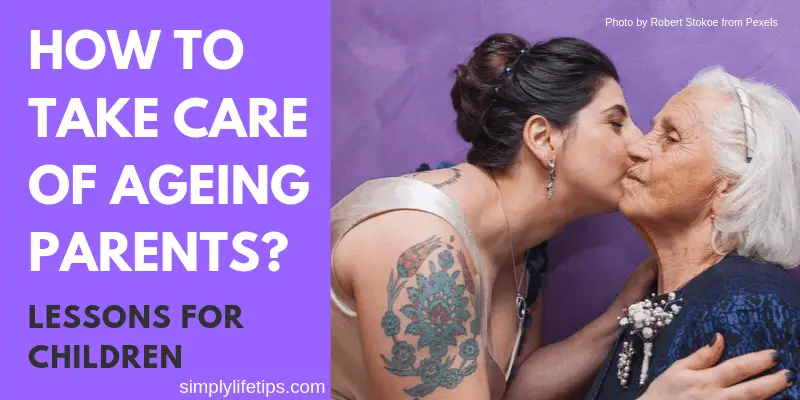Toddlerhood, a stage marked by boundless energy and delightful discoveries, occasionally introduces behaviour that can puzzle even the most seasoned parents: toddler hitting. This seemingly perplexing conduct can stir concern and bewilderment, prompting caregivers to seek answers and solutions. Fear not, for within this puzzle lies a key to understanding the intricate world of a developing child’s mind. In this article, we dive into the phenomenon of toddler hitting, unravelling the reasons behind it and providing actionable strategies for caregivers to respond with compassion and guidance. Join us on a journey to decode the mystery of toddler hitting, empowering parents and caregivers with insights to navigate this unique aspect of early childhood development.
Toddler Hitting
Have you ever found yourself in a situation where your toddler resorts to hitting others, leaving you baffled and concerned? Rest assured, you’re not alone. While it can be alarming for parents and caregivers, it’s essential to recognize that this behaviour is often a normal part of a child’s development journey.
Understanding Toddler Hitting
Understanding toddler hitting requires a nuanced perspective that encompasses various developmental factors. Toddlers, in their exploration of the world, often lack the verbal and emotional tools to express themselves adequately. Consequently, hitting may serve as a primitive form of communication, stemming from frustration, curiosity, or a desire for attention. Additionally, toddlers may mimic behaviours they observe, highlighting the importance of positive role modelling. Recognizing these underlying motives enables caregivers to respond with patience, empathy, and proactive guidance, fostering healthy emotional development and effective conflict-resolution skills in young children.

Parenting With Empathy And Emotional Intelligence
Limited Communication Skills: Toddlers are still mastering language and communication. When they encounter frustration or difficulty expressing their needs verbally, hitting may serve as a way to convey their emotions or desires. As caregivers, it’s crucial to be patient and understanding during this phase, offering support and teaching alternative ways of expression.
Testing Boundaries: Toddlers are curious beings, constantly exploring the world around them. Hitting might be a way for them to test boundaries and understand cause and effect. Caregivers must establish clear and consistent limits, providing a safe and structured environment for the child to navigate.
Emotional Expression: Toddlers may lack the emotional vocabulary to articulate their feelings effectively. Hitting can be a manifestation of their emotions, whether it’s frustration, excitement, or confusion. As caregivers, we can help by validating their feelings and teaching them appropriate ways to express themselves without resorting to physical actions.
Imitation of Behaviour: Children often learn by observing the actions of those around them. If toddlers witness hitting, they may mimic the behaviour without fully understanding its consequences. As role models, adults need to demonstrate positive and respectful behaviour in all interactions, setting a good example for the child to follow.
Seeking Attention: In some cases, hitting may be a way for toddlers to grab attention. They may not distinguish between positive and negative attention, so it’s important to reinforce positive behaviours and provide ample opportunities for the child to receive attention through constructive activities and interactions.
How To Respond To Toddler Hitting

1️⃣ Stay calm and model appropriate behaviour: Reacting with anger or frustration may escalate the situation further. Instead, remain calm and composed, showing the child how to handle conflicts peacefully.
2️⃣ Teach alternative ways of expressing feelings: Encourage the use of words to communicate feelings and needs effectively. Offer support and guidance as the child learns to express themselves verbally.
3️⃣ Establish clear and consistent boundaries: Set clear expectations for behaviour and enforce them consistently. Consistency helps children understand what is acceptable and what is not, promoting a sense of security and stability.
4️⃣ Provide positive reinforcement for good behaviour: Acknowledge and praise the child when they choose positive behaviours over hitting. Positive reinforcement encourages the repetition of desirable behaviours, helping the child develop self-control and empathy.
- Toddler Parenting: Navigating the Toddler Terrain
- How To Handle Toddler Temper Tantrums
- How To Handle Fussy Eating Toddlers?
- How To Tame Toddler Tantrums?
Final Thoughts
Remember, toddlerhood is a time of rapid growth and development, and occasional hitting is often a phase that children outgrow as they develop better communication and emotional regulation skills. By understanding the underlying reasons for hitting and responding with patience, empathy, and guidance, caregivers can support children in navigating this challenging but crucial aspect of their development.
What strategies have you found most helpful in responding to your toddler’s hitting behaviour?
Thank you for taking the time to explore this post. I hope you found it both insightful and enjoyable.
Remember, your sharing can make a positive impact! Share this post across your social media and other networks, allowing others to benefit from its content.
PVM

Mathukutty P. V. is the founder of Simply Life Tips. He is a Blogger, Content Writer, Influencer, and YouTuber. He is passionate about learning new skills. He is the Director of PokketCFO.
He lives with the notion of “SIMPLE LIVING, CREATIVE THINKING”. He Believes – “Sharing is caring.” and “Learning never ends.”



